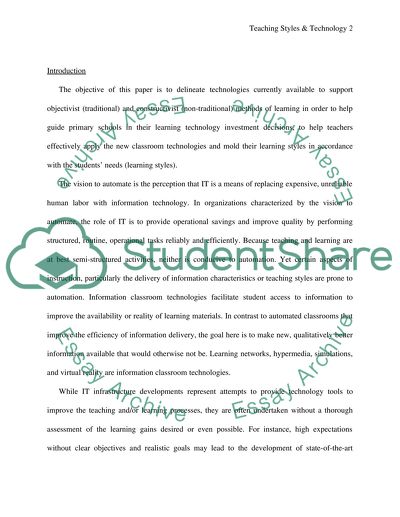Cite this document
(“Teaching Styles & Technology Essay Example | Topics and Well Written Essays - 3000 words”, n.d.)
Teaching Styles & Technology Essay Example | Topics and Well Written Essays - 3000 words. Retrieved from https://studentshare.org/education/1509847-teaching-styles-technology
Teaching Styles & Technology Essay Example | Topics and Well Written Essays - 3000 words. Retrieved from https://studentshare.org/education/1509847-teaching-styles-technology
(Teaching Styles & Technology Essay Example | Topics and Well Written Essays - 3000 Words)
Teaching Styles & Technology Essay Example | Topics and Well Written Essays - 3000 Words. https://studentshare.org/education/1509847-teaching-styles-technology.
Teaching Styles & Technology Essay Example | Topics and Well Written Essays - 3000 Words. https://studentshare.org/education/1509847-teaching-styles-technology.
“Teaching Styles & Technology Essay Example | Topics and Well Written Essays - 3000 Words”, n.d. https://studentshare.org/education/1509847-teaching-styles-technology.


